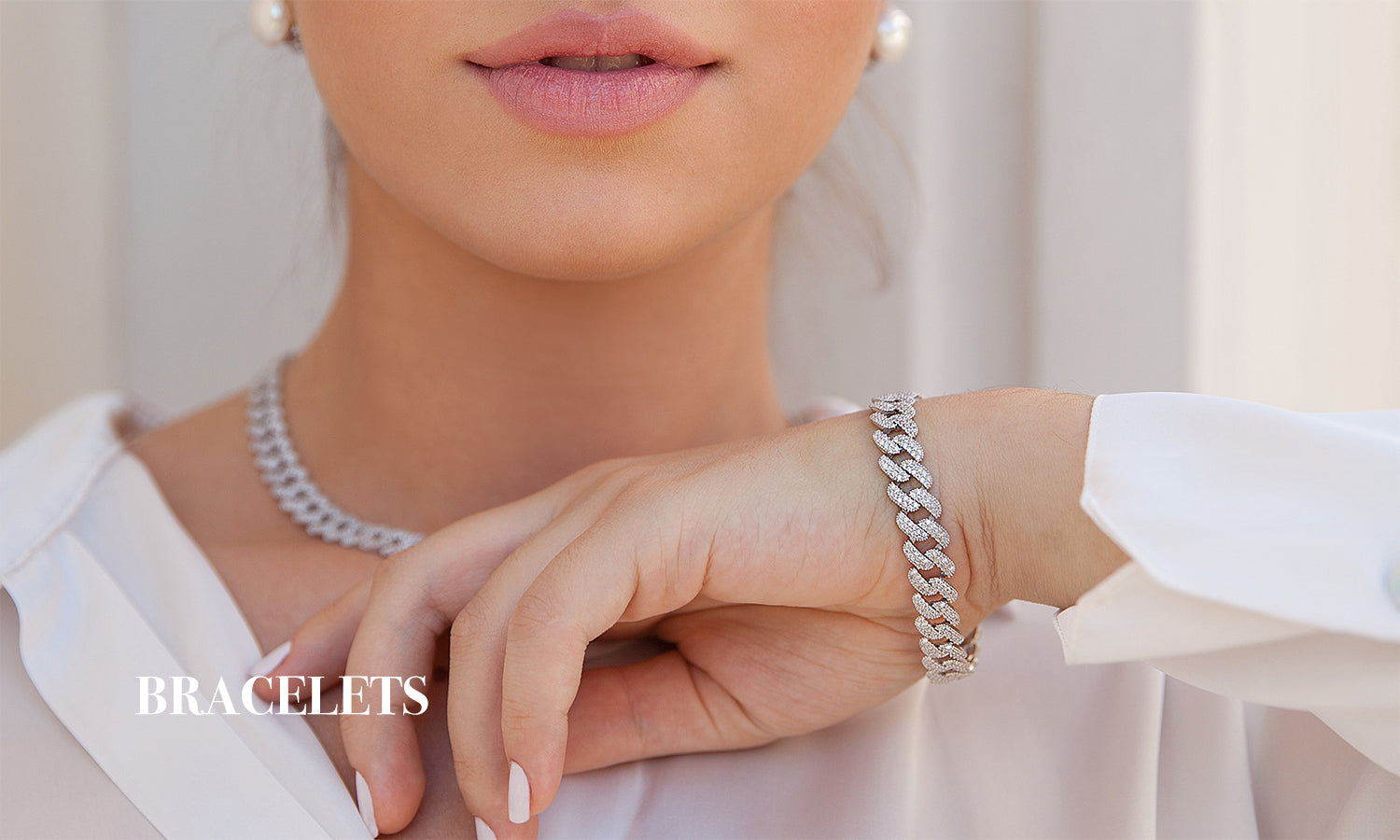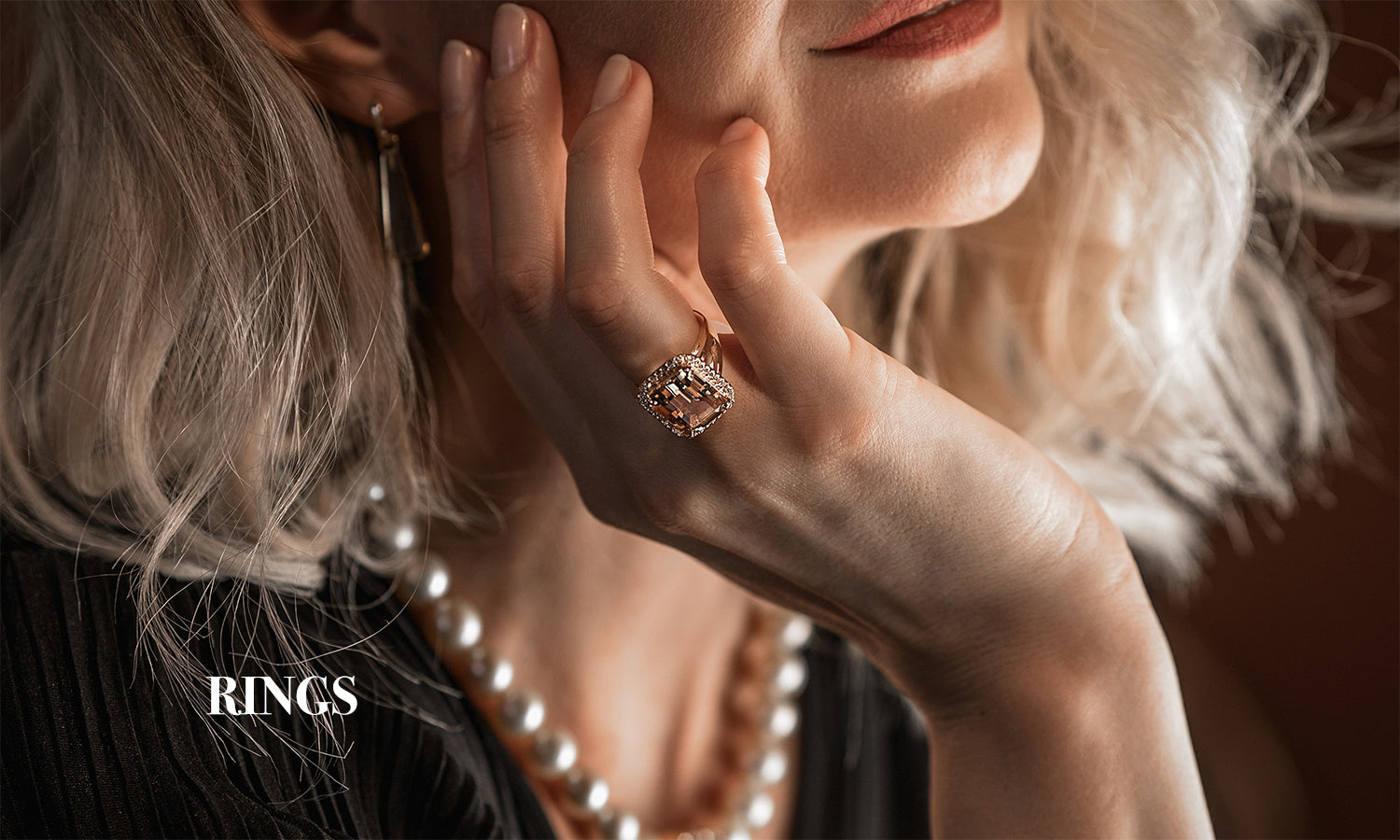Over the past 10 years, lab-created gemstones have gradually become an increasingly more popular and affordable option than natural gemstones. Lab-created gemstones can mimic the brilliance of any natural stone, although there are those who don't consider them to be equally rare or precious. From Planderful we are going to try to report on what makes these lab gems so similar even though they are so different from natural gems.

What is a laboratory gemstone?
Laboratory gems, also called synthetic gems, are created in much the same way as natural gems, with the only difference being that the process is accelerated and happens in a laboratory (or factory) instead of in nature. Nowadays, the production of these gems is becoming more and more massive, which helps to reduce their price.
Lab-grown gems are chemically, physically and optically the same as those mined from the earth, but with fewer flaws, a smaller carbon footprint and lower costs. Gemstones used in jewelry are colorful, romantic and unique. They have different meanings to different people who wear them. For some, it is a symbol of wealth and success. However, some of these gems are rare, hard to find and expensive. That's why lab-created gems are an alternative.
The most expensive and hard-to-find natural stones, such as diamonds (white and fancy), sapphires (blue and other colors), emeralds, rubies and opals, are the preferred lab-created gems. They are not imitation gems; lab-grown gems are the real thing. Lab-grown gemstones are chemically, physically and optically identical to natural gemstones. Imitation gemstones are artificially created, but they do not follow nature's recipe and are physically, chemically and optically very different from natural gemstones.
The term synthetic has strong popular connotations of being unreal and unnatural. However, this name is widely used in jewelry, and the truth is that a synthetic can be a real gemstone. Geologically, a synthetic stone can be both real and unnatural. In fact, Zircon is a natural gemstone that has been used as a diamond simulant or similar for centuries.
Still, the synthetic distinction can be a hard sell to some consumers. For this reason, these gems are also referred to as created gems to avoid confusion. You need to know that created gems have been on the market since the early 20th century. Simulated or similar gemstones have been around forever. Do not assume that an old stone is a natural stone.


Simulated gemstones
There are also synthetic stones that are made only to imitate natural stones without being chemically and optically identical. Gemstones synthesized in a laboratory to imitate natural stones are called simulated gemstones or simulants. However, not all simulants are synthetic.
Glass pieces and assembled stones, such as doublets and triplets, are often used to simulate natural gemstones. Sometimes, one type of natural gemstone can be presented as another type. For example, a garnet doublet can be cut to look like a ruby. Sometimes, gemstones are sold using misleading names.
Regardless of its origins, a simulated gemstone is a piece intended to look like another gemstone.
How gems are made in the laboratory
The mineral composition of lab-created stones is created by a process similar to what nature has been doing underground for millions of years. But in the lab it is created in a fraction of the time and without the cost of mining. Anyone would have a hard time telling the difference between a natural stone and one made in a lab. It requires a skilled eye and high-powered equipment.
The main difference is that natural stones usually contain inclusions that are produced during the crystallization process. Lab-created stones, on the other hand, usually have fewer inclusions due to the stable control of minerals, heat and pressure.
Therefore, you can get high quality lab-created stones and their prices are much lower than those of natural stones. You can also get a variety of colors and carats, from sterling silver to gold, giving you options not found in nature.


Caring for Nature
In addition to the ability to obtain rare, high-quality gemstones at a lower cost, many consumers are attracted to lab-created stones for other reasons. From an environmental standpoint, lab-created stones do not put the same strain on natural resources as the manufacturing process for natural gemstones. There is no mining, and the lab uses only a fraction of the services and resources needed for mining operations, and fewer pollutants.
The production process does not use any products or methods that could affect nature and provides an effective solution for dealing with conflict gems, like diamonds.


Design and synthetic gemstones
Jewelry with lab stones is perfect when you want to leave your expensive jewelry at home, look like you have expensive jewelry, or travel when you need both. After natural stones, there is nothing better than a quality lab stone.
Whether it's a gift or a treat for you, buy your lab stone jewelry from a trusted jeweler who will explain the type of stone and how to care for it. Just as there are different levels of quality for natural stones, the same goes for lab stones. Make sure you get the best value for your money, especially if you're buying an expensive item.
Keep in mind that just because a gemstone is lab-grown does not mean it is perfect. Just like natural stones, laboratory diamonds can grow imperfections and encrustations in their creation process. When buying a diamond, it is important to study its carat, color, clarity and cut, regardless of the stone's origin. These factors will have a clear influence on the final price and the investment you plan to make.



Lab gemstones can be a worthwhile option for those who are looking to buy gems at a reduced price. They are a great option as decorative and ornamental jewelry, and are more affordable for customers who are looking to buy larger stones. However, if you are also interested in natural gemstone jewelry for the emotional value of owning a unique and rare item, you can visit the Planderful website to learn about them.
From classic styles to avant-garde designs, explore the possibilities of lab-created stones to enhance your jewelry closet. Only you should know. I hope this guide has helped you in choosing your next piece of jewelry.





